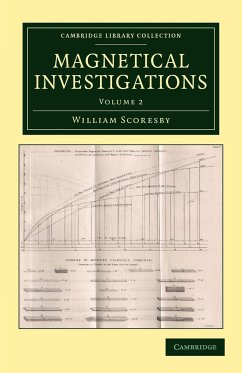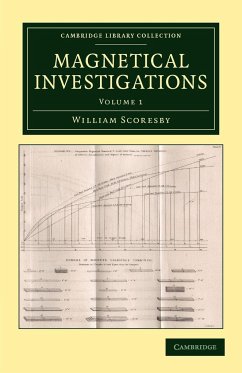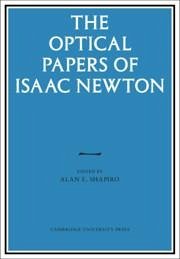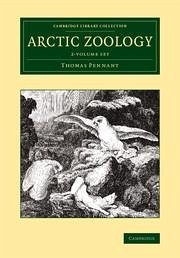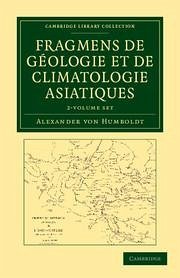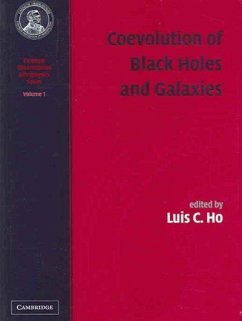Nicht lieferbar
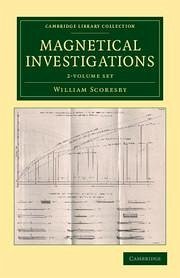
William Scoresby
Broschiertes Buch
Magnetical Investigations 2 Volume Set
Versandkostenfrei!
Nicht lieferbar



Published 1839-52, this is a pioneering two-volume work on magnetic science by whaler and scientist William Scoresby (1789-1857).
Produktdetails
- Verlag: Cambridge University Press
- Seitenzahl: 856
- Erscheinungstermin: 12. Juli 2012
- Englisch
- Abmessung: 221mm x 142mm x 51mm
- Gewicht: 1043g
- ISBN-13: 9781108052641
- ISBN-10: 1108052649
- Artikelnr.: 36077917
Herstellerkennzeichnung
Libri GmbH
Europaallee 1
36244 Bad Hersfeld
gpsr@libri.de
Für dieses Produkt wurde noch keine Bewertung abgegeben. Wir würden uns sehr freuen, wenn du die erste Bewertung schreibst!
Eine Bewertung schreiben
Eine Bewertung schreiben
Andere Kunden interessierten sich für



